|
Hey! Welcome back to another post for some more words of rambling and learning. Today is a little exciting for me for a few reasons. Yesterday marks my first anniversary as an Etsy seller. This also the last week of June so that means a new month is coming up pretty quick. In July I hope be rolling out some exciting new products that need just a little more testing to be sure they are ready. So hang in there with me, strap in, and I'll try not to keep you in suspense for too long. Before I get into the a celebratory look back at some of what I've done with my work, I need to give a big shout out to all my Canadian fans. My first international sale was to a Canadian, which is pretty cool, but what is not so cool is that Etsy is telling me that there will likely be delays in shipping future orders to Canada due to a labor strike. I do not know what has brought this so I will not venture to give a political comment. I will say that I do appreciate being able to ship and receive stuff in this modern age and I hope that this will be resolved justly, sustainably, and quickly. As I said before, I started selling on Etsy back in June of last year with my first online sale actually taking place in July. Since then I have added new products and completed a number of special requests and orders. Outside of Etsy, I began my business with special orders. Before that I would make things for friends and sometimes they would compensate me for the materials. Some of these earliest items were hand carved wooden swords I made for a friends theatrical skit. I was something like 13 years old at the time and knew very little about what tools were used for what and no one had ever shown me how use a chisel, file, or planer so I use a set of exacto knives that were labeled as a "wood carving kit" and proceeded to shave away the edges of the wood planks I used to make a beveled 2 edged sword. Actually I made a few of them, made a mess of wood shaving in my room and practiced a little first aid on myself… repeatedly… Looking back at it, I should have really questioned the need to have beveled edges on a wooden prop for kid's play but I enjoyed working hard at something and developing skills that I would use in the years to come, namely whittling and wrapping my fingers in athletic tape and Neosporin. I didn't have access to YouTube at the time and thought that whittling and chisels, and orbital sanders were the only way to shape wood. I blame poor exposure that and the movie A Kid in King Arthur's Court for the whittling bit. In the end of that movie a character is seen whittling away at some wood with a small knife. Just goes to show just how simple images from 90's movies have big impacts on kids. I've gotten better since then.
I also made my first a wooden shield around that time. This was a great practice in the use of wood glue but sadly I had no knowledge of wood stains. The lion turned out pretty good though and so did the strapping system which allowed the user to quickly put it over their shoulder or put it on their arm. This was a practice in making functional carrying systems for shields, while I like how this turned out there are things to improve on, which I have. The suspension on my wood shields is an example of that. Anyways, I do more than shields, swords, bows, and other weaponry related stuff. An example of this is a charcoal grill that I made. Sadly I can't find pictures of it but it was a metal cage that would get lowered into an upright steel 55gl drum. I think it was for that project that I bought my flux core welding machine.
Anywhos, those are all examples of my early custom work. Since then I have received a few custom orders through Etsy. One of my first was request for sword like Princess Zelda's from Legend of Zelda: Twilight Princess. When I first received this order I was a little concerned about the riccaso and how I was going to make it but I think it turned out pretty good! So did the buyer. My most commonly customized items are my Costume PVC Bows. While the same modifications can be made to my Adventure bows, it seems costume bows are more popular. I've done a few renditions of bows inspired by Merida's bow from Disney-Pixar's Brave. I say this not because I intend to continue to offer it, indeed I was privately commissioned to make them but I mention to them to show off some of what I can do.
Well, that's about it for today. There is one more thing. Actually a few related things. I'm making some new equipment to go with my medieval costume. I haven't finished those spaulders yet. I hit a mental block and couldn't figure out why. It finally occurred to me a few weeks ago as I was about to start working on them again. I need armor that goes under them first! Silly me had forgot that I needed some padding, like a gambeson or arming coat to go under as well as some mail. I'll admit I was forgoing the Gambeson due to me not being able to afford a proper one and I was influenced by a lot of media that showed armor worn without it. I finally snapped out of that but I'm a little stuck until I can afford to make, or get made, a custom gambeson and finish my chainmail. Speaking of which, I will have starter kits on Etsy sometime soon if any of you are interested. (Note: This is not the exciting thing I keep alluding to.)
In the meantime, I am making a new shield. This one is going to be a bit bigger than my wooden one and will have some new deluxe features, like steel siding and reinforcement. It's gonna be heavy but as a heater shield it will be able to take some heavy blows. I do need to try to keep I like as I intend I for long distance travel. Think tracking and confronting very large game animals. Hopefully I won't ever have to use it for reals but I am making it functional anyways. Once it is done drying I'll pop it out of the press, fix it up and give it a test. Oh, and this is only part of the exciting new stuff. I need the heavy shield to be able to finish testing. Gonna give it at least another day to dry before I pull the shield out. So as I said before, hang in there with me. Suspencefully, Stephen
0 Comments
Last week I finished an ax for my Etsy shop. I had been trying to make something reminiscent of a Viking bearded ax and a boarding ax from the days of sailing.
Well that's about it for today, I'll leave you with a few recent pictures of my products in use by real kids (who may or may not be related to me) at a recent event I attended. The boy isn't mine but the pink one is and her description for today is "Cute B'Goots!"
Forging Ahead, Stephen
 Bladesmiths are those who make knives, some don't use hammers in their work and use flat bars of steel but some still forge their knives from other stock sizes or steel scraps. Swordsmiths are those who usually or only make swords, I have made swords in the past but I make more than swords so I don't fall primarily into this category. There's also industrial blacksmiths who work with large, often huge, equipment rather than hand forging on a hammer. A sample of an unnamed utility knife made by me.
We also have the artisan blacksmith. These are the ones who forge for the beauty of it. Back in the day, blacksmiths often made only tools or parts and sometimes tried to make the pretty. With the industrial revolution and the invention of mass production machinery blacksmiths often lost out to less expensive tools and parts, leaving many them to repair work or out of a job. But this also opened up many skilled blacksmiths to become artists. Being an artisan blacksmith means making art and tools that are art. I'd like to consider myself in this category as I do have a little bit of my own style in my iron work, I make some ironwork that isn't meant as a tool, weapon, or container, and I am not mass producing my ironwork.
Lastly, I have a category of, well, I'm reluctant to call them blacksmiths. These are the ones you see in many movies, like Conan the Barbarian, Lord of the Rings, and Pirates of the Caribbean. I mention these because it is through movies and media like this that many people first form an impression about blacksmiths. Movie blacksmiths are often sweaty dudes wearing an apron hitting a piece of metal, hot or cold, putting it in a fire, and then dunking it in water. Great for intriguing an audience because of the alluring ring of the anvil, the light of the sparks and flames, and the sound of the water instantly turning to steam. It inspires many a man to become a backyard swordsmith. But please believe me when I say that what they do in the movies would destroy any nice piece they are wanting to make. If you want to learn how to be blacksmith, don't learn it from the movies. Find a local blacksmith guild or practitioner and study under them. Here's a few resources for those of you who want to get started: http://www.theartcareerproject.com/blacksmithing/565/ https://www.abana.org/resources/schools.shtml http://www.anvilfire.com/ http://bandyblacksmith.org/ Also, you may have noticed there is a huge gap since the last time I blogged. This was because I picked up an odd job and was working on completing my classes at my local community college. I've been taking classes nonstop since the summer of 2014. I'm finally taking a break this summer. I will be picking up more classes in the fall but for now I want to grow my business a bit and keep on practicing writing. I will be posting some more information about history and skills and such but I will also be doing a few product highlights. I got some new stuff coming out that I'm really excited about so please stay tuned in the coming weeks. Until then, Keep forging on, Stephen Referrences Definition of BLACKSMITH. (2016). Merriam-webster.com. Retrieved 13 June 2016, from http://www.merriam-webster.com/dictionary/blacksmith Iron. (2016). Minerals Education Coalition. Retrieved 13 June 2016, from https://www.mineralseducationcoalition.org/minerals/iron Iron. (2016). Wikipedia. Retrieved 13 June 2016, from https://en.wikipedia.org/wiki/Iron |
AuthorStephen is a professional archaeologist in the Riverside area and the sole proprietor of For the Honor Forge. Archives
April 2018
Categories |
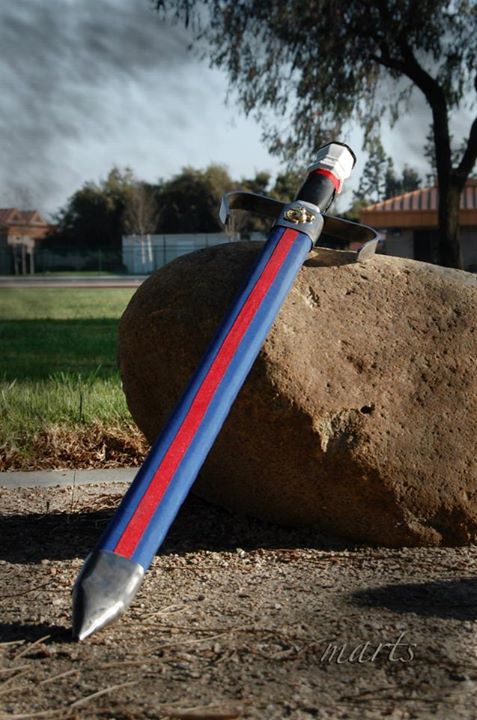
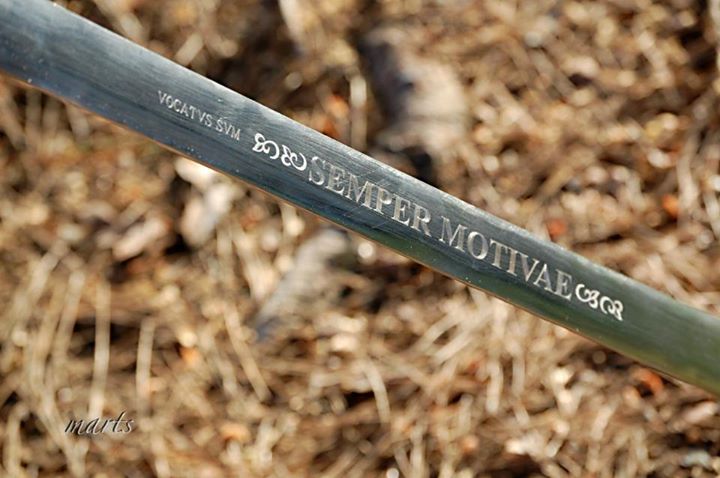
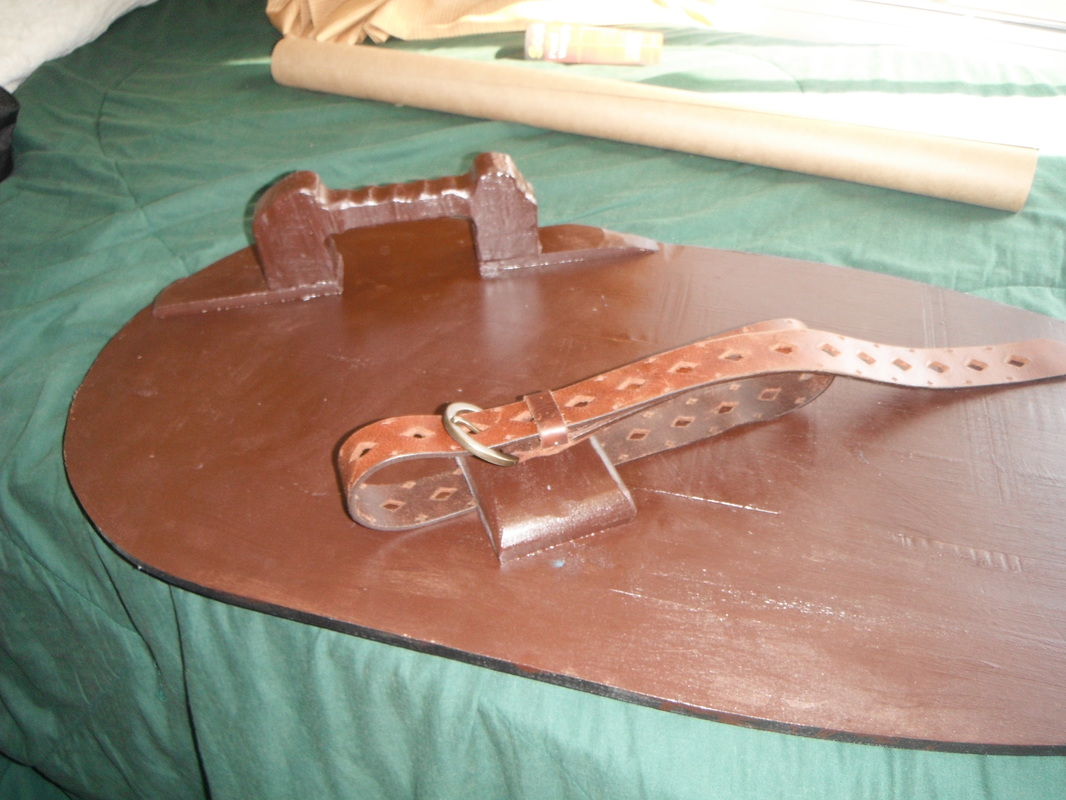
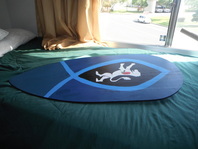
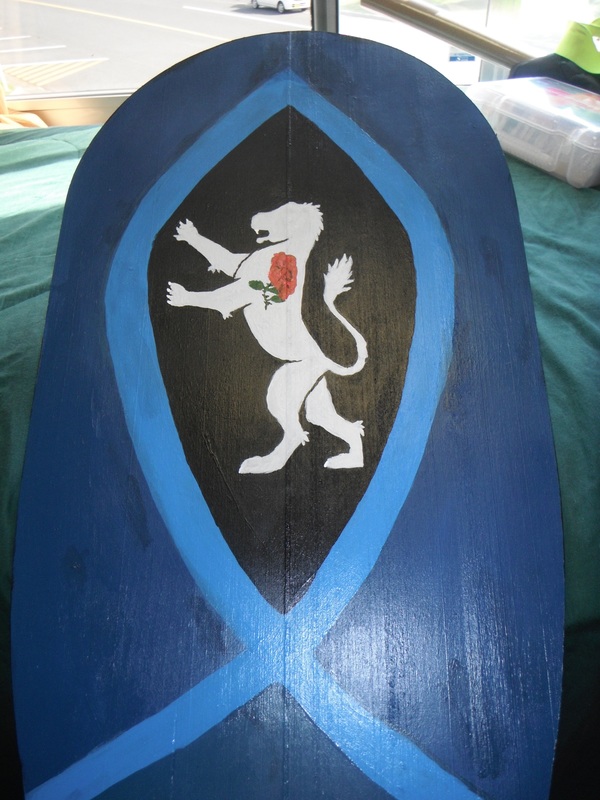
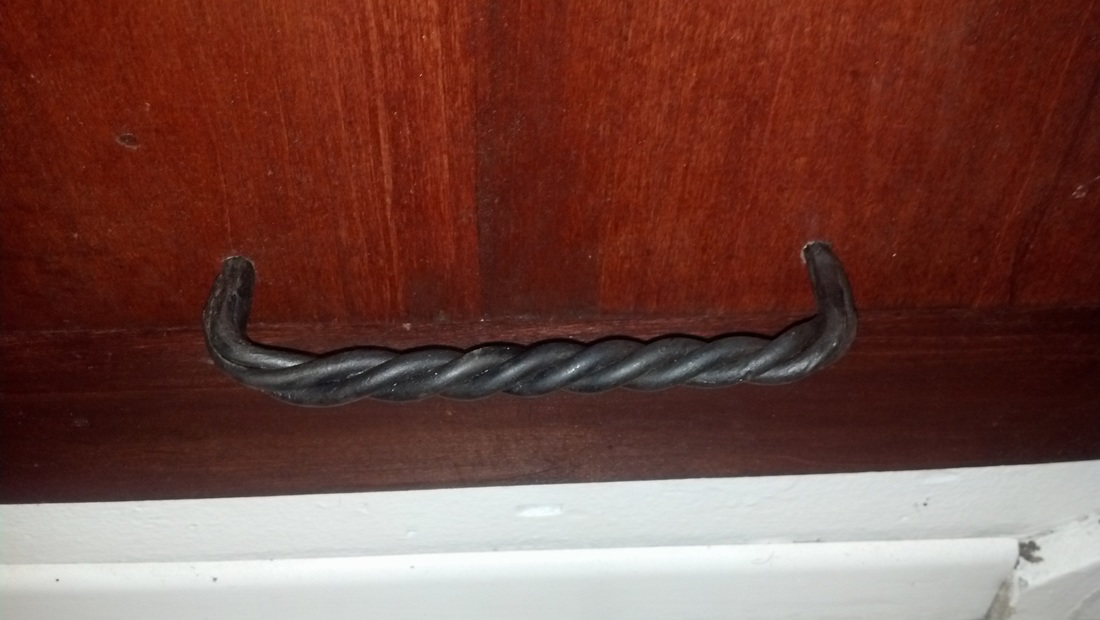
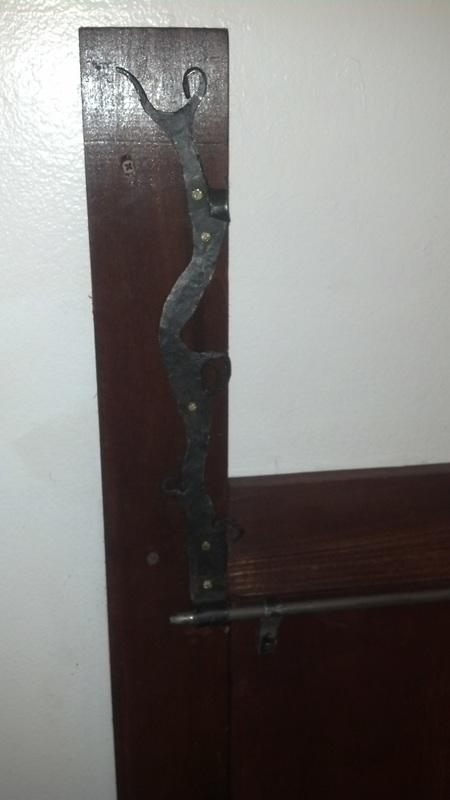
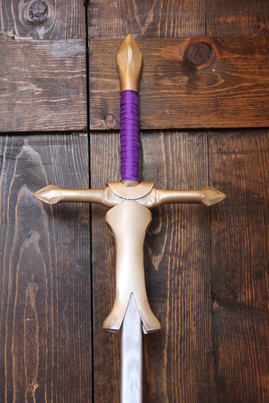
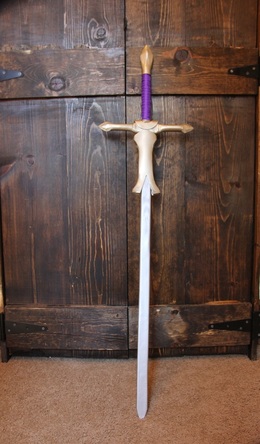
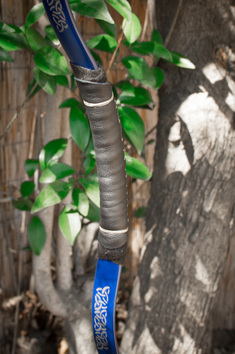
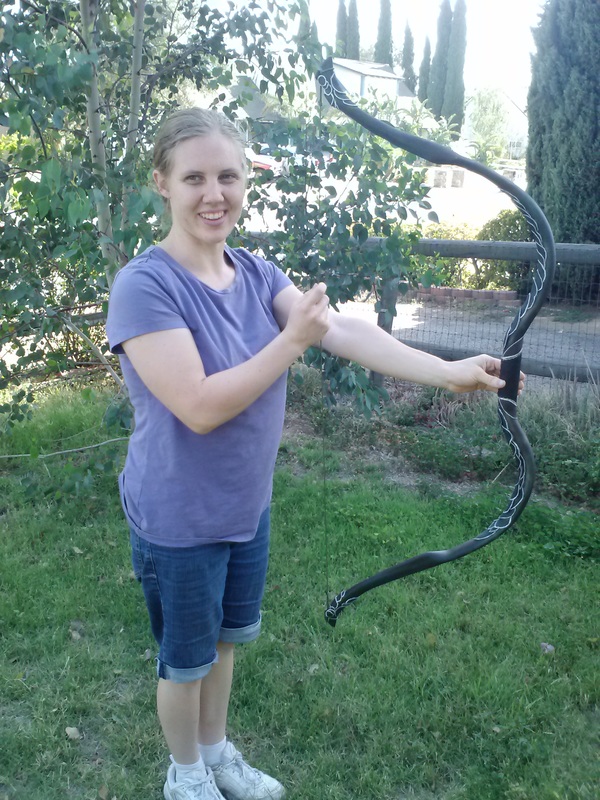
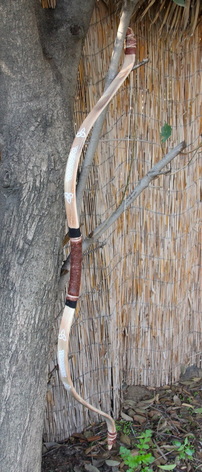
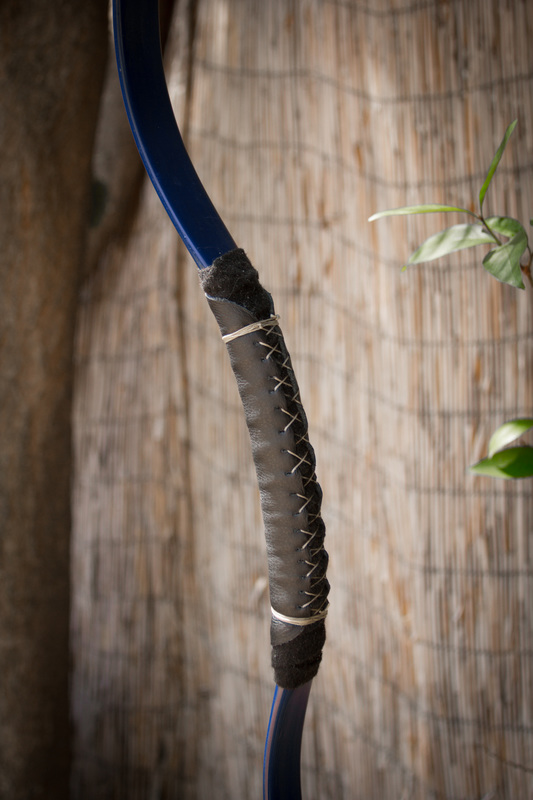
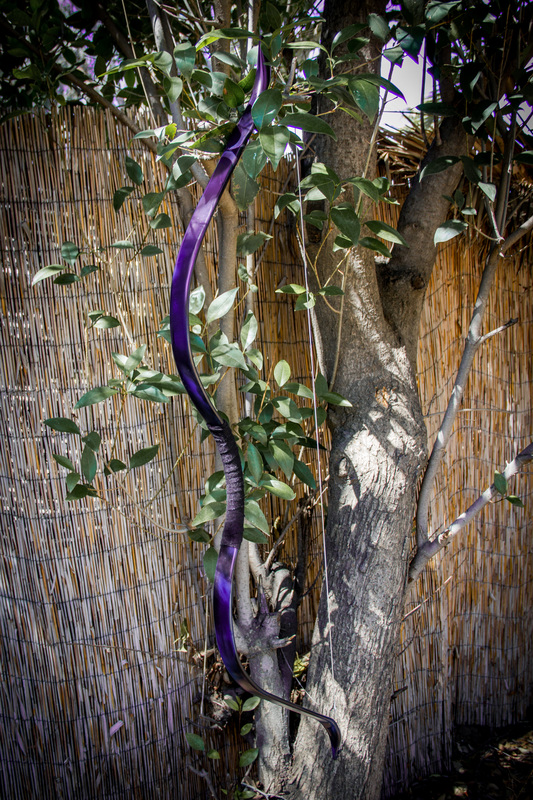
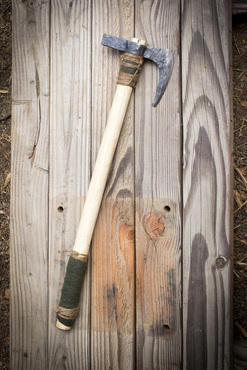
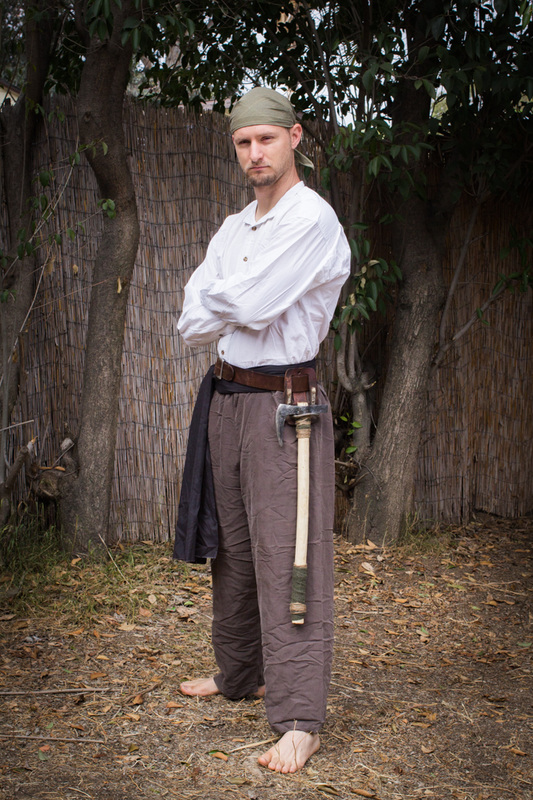
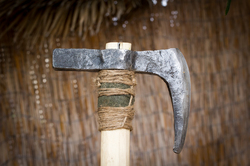
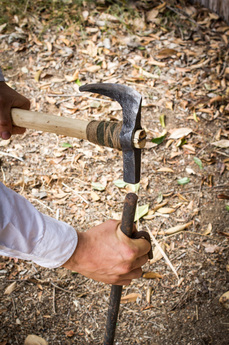
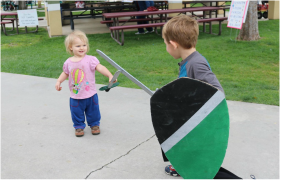
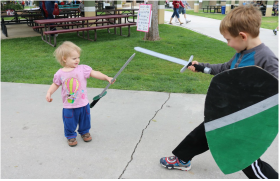
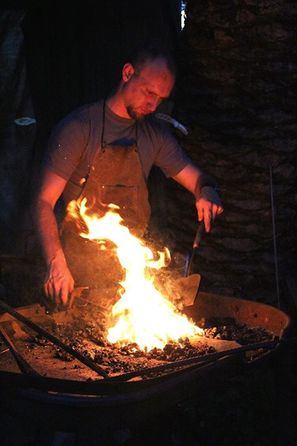
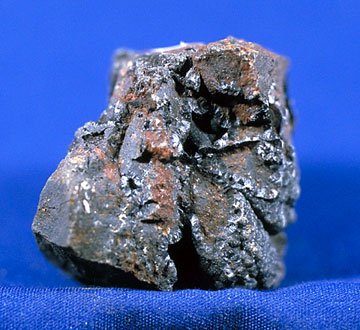
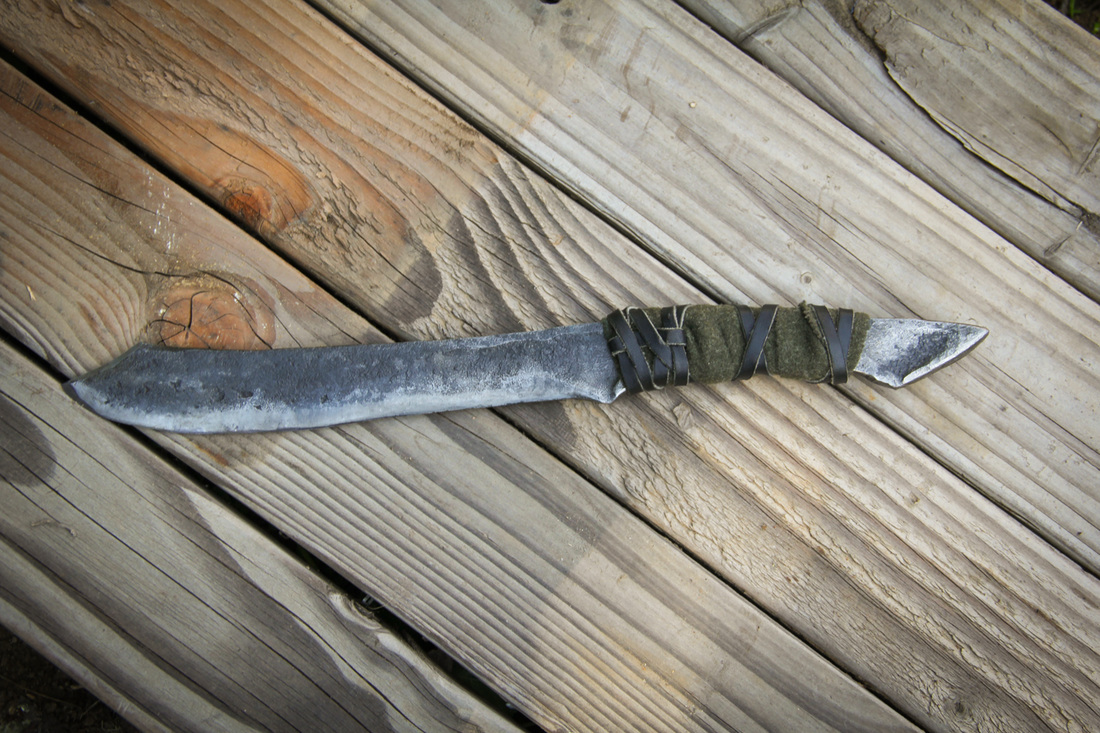
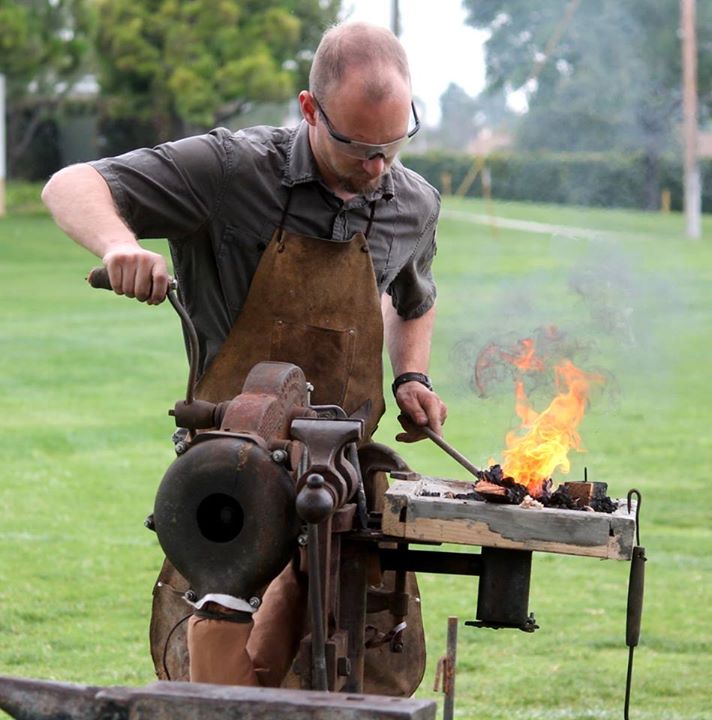
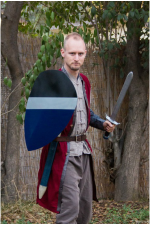
 RSS Feed
RSS Feed